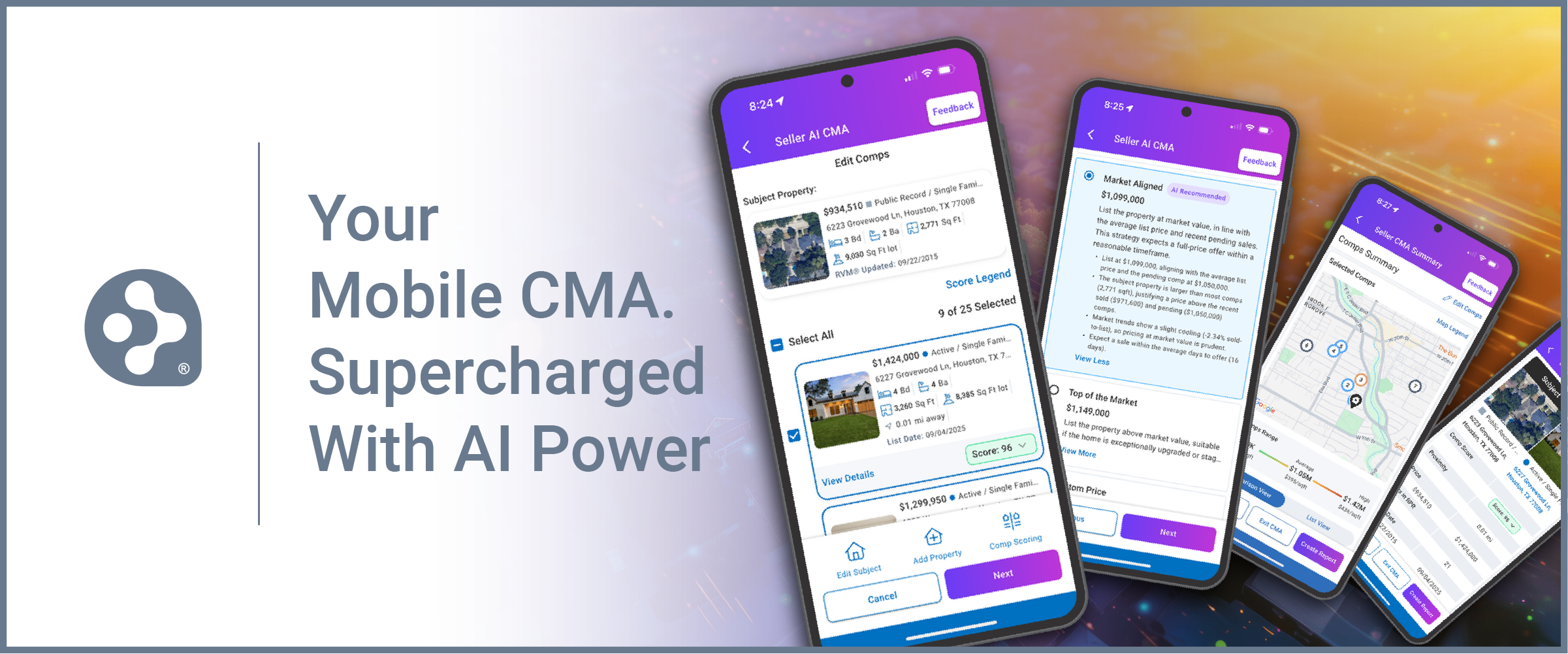RPR Commercial: Trade Area Reports

If you’re a commercial real estate practitioner, you need as many commercial tools in your tool belt as possible. That’s because your clients look to and lean on you for expert recommendations and guidance.
For the best tools, look no further than RPR (Realtors Property Resource®). This digital platform, provided by The National Association of REALTORS®, offers a wide range of commercial data-based tools, analysis capabilities and reports.
This includes the ability to run a trade area analysis and create Trade Area Reports. These reports allow you to deliver a summary of the demographics, economics and data tapestry segments for a defined area. A breakdown of a community and its residents’ characteristics and spending habits are also explained in great detail.
Of course, this type of information is crucial when advising your commercial clients on where to set up shop or renovate an existing property.
Before we dive in on how to run Trade Area Reports in RPR, here’s a quick primer on exactly what a trade area is and how it can help you (and your clients) make better commercial real estate decisions.
Trade Area 101
Straight to the point, a trade area is a defined geographic area which generates the majority of its customers. Figuring out the size and scope of a trade area is a vital piece of the puzzle, because these boundaries help determine how we can measure the number of possible customers, their demographics, and their spending power. Knowing a community’s customer base allows commercial agents and RPR users to approximate how much demand there is (or will be) for stores and services.
This basically means: how many people (shoppers) are in a given area and how much do they spend on products and services? Knowing this data goes a long way in determining whether your clients’ business is a good fit for success and growth.
Contributing Trade Area Factors
Many factors go into determining trade areas, especially when you’re trying to map out convenience versus destination shopping habits. Some things to consider:
- Population size: The bigger the community, the bigger the trade area.
- Nearby competitors: The cutoff point where customers are drawn to a competing area.
- Destinations: Big box stores or discount department stores usually attract customers from a long distance.
- Business mix: A cluster of popular businesses tends to pull customers from a distance.
- Large employers: A business with lots of daytime employees means lots of lunch, snack and beverage dollars being spent.
- Traffic: High traffic areas, either by foot or by vehicles, typically have an impact on visitors and sales.
Trade Area Report How-to
Now that we know what factors go into defining a trade area, we can use the RPR Commercial Map to select an area and extract the data.
For example, let’s say you have a client who is looking to open a new Boba/Bubble Tea retail shop, and they have a general idea (neighborhood, ZIP code, town) of where they want to open their location.
With an RPR Trade Area Report, you can scope out the area, in a map, define the trade area, and see if this area is indeed a smart choice.
Here’s a quick and easy “how-to” to get you started:
- Start by going to narrpr.com, and then toggle to “Commercial.” Put in an address, ZIP code, town name, etc. in the search bar, and hit “search” (the little magnifying glass icon.)
- Next you’ll be presented with a map view of the area. Click on the “Draw” icon (it’s a pencil to the right), and choose a way to set your boundaries. Start with radius, it’s the easiest.
- Click “search this area”, then click “Create a Report”, in the upper right navigation. Next step is to click “Run Report” and follow the prompts.
Look at all that wonderful consumer profile data! Now’s the time for you to crunch the numbers and review all the statistics and determine how right an area is for your client to open up their store.
Trade Area Wrap
RPR Trade Area Reports are packed with up-to-date consumer data, they look polished and professional, and they’re ready to send off to your clients in seconds.
For a more in-depth look at RPR Trade Area Reports and analysis, check out this article: Commercial Trade Area Details, which includes a short video tutorial.
Share This Story, Choose Your Platform!
One Comment
Leave A Comment
TOPICS
AUDIENCE
CATEGORIES
TUTORIALS & GUIDES
SUCCESS STORIES
PROSPECTING
THE PODCAST




















If RPR can ever provide commercial lease and sales data, it can really start to bridge the gap between commercial and residential markets….and take market share from the likes of CoStar and Crexi.